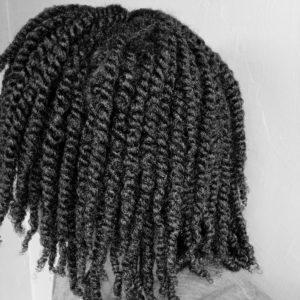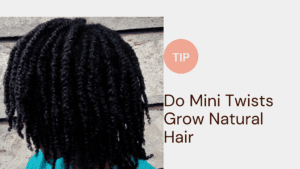One of the most common struggles for people with 4C natural hair is retaining moisture. 4C hair tends to be naturally dry because the tight curl pattern makes it difficult for the scalp’s natural oils to travel down the hair shaft. Even after moisturizing, you might find that your hair feels dry again just a few hours later.
If you’ve ever asked yourself, “Why does my hair feel dry even after moisturizing?”—this post is for you! We’ll dive into the essential techniques, tips, and products that will help you lock in moisture, keep your hair hydrated for longer, and prevent dryness and breakage.
Feel like your hair has been the same length forever, I’ve an Ebook that will help you grow your hair healthier, longer and thicker. Grab your copy here… Also, check out all the Ebooks,guides and journals that will go a long way in your hair care journey here.
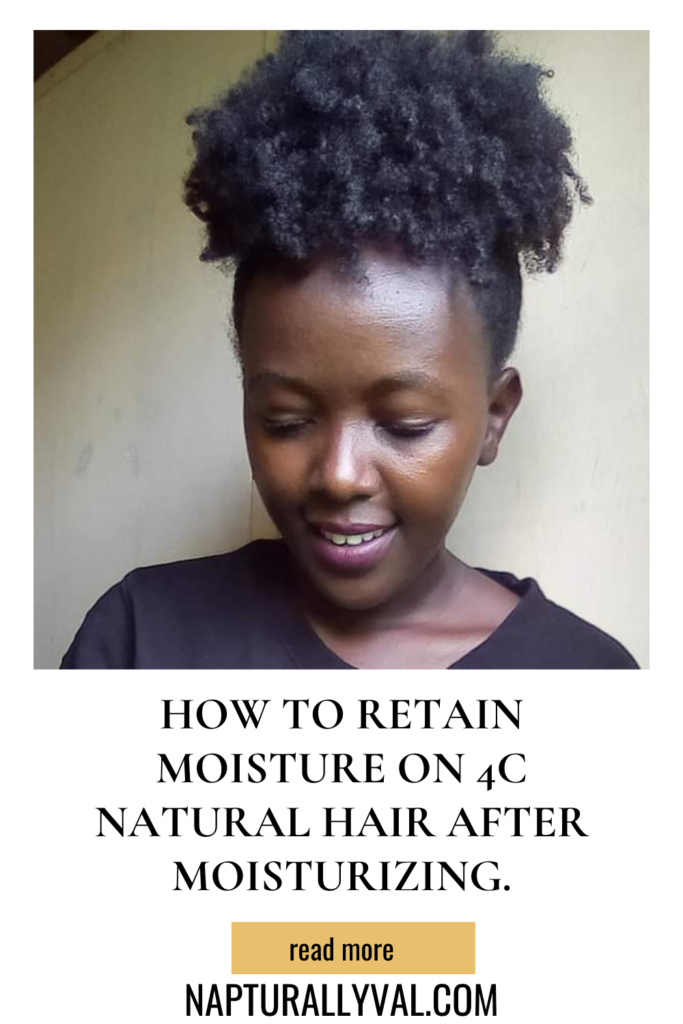
Table of Contents
The Best Ways to Make Moisture Last on 4C Hair”
Why 4C Hair Loses Moisture Quickly
Before we get into the how, it’s important to understand why 4C hair tends to lose moisture so fast. The coily, zigzag pattern of 4C hair means that moisture has a harder time traveling down the hair shaft compared to looser curl types. The tighter your curls, the harder it is for oils and moisture to naturally reach your ends.
On top of that, 4C hair is more prone to shrinkage, which can give the illusion of dryness. But the real challenge is keeping the moisture locked in so that your hair stays soft, supple, and healthy.
The LOC and LCO Methods: The Foundation of Moisture Retention
The most popular and effective ways to retain moisture on 4C natural hair are the LOC (Liquid, Oil, Cream) and LCO (Liquid, Cream, Oil) methods. Both methods involve layering products to seal in moisture, but the order of application is different.
- LOC Method: First, you apply a liquid or water-based product (L), then an oil (O), and finally a cream or butter (C) to lock in the moisture.
- LCO Method: You start with a liquid (L), followed by a cream (C), and finish with an oil (O) to seal the moisture in.
Some people find the LOC method works better for them, while others swear by the LCO method. It’s important to try both and see which one works best for your hair.

Step-by-Step Guide to Retaining Moisture in 4C Hair
Let’s break down each step in detail so you know exactly how to retain moisture in your 4C hair after moisturizing.
1. Start with Clean, Hydrated Hair
Moisture retention starts with a good wash routine. If your hair isn’t clean, it will be harder for the moisturizing products to penetrate the strands. A clean scalp and hair allow moisture to absorb better, making it easier to retain.
- Use a Sulfate-Free Shampoo: Sulfates can strip your hair of its natural oils, leaving it dry and brittle. Opt for a moisturizing, sulfate-free shampoo that gently cleanses while keeping your hair hydrated.
- Deep Condition Regularly: After shampooing, always follow up with a deep conditioner. Deep conditioning treatments are essential for 4C hair as they provide intense moisture and help repair any damage. Look for conditioners that contain ingredients like shea butter, coconut oil, honey, or aloe vera, which deeply nourish and hydrate the hair.
Pro Tip: Use heat during your deep conditioning session. Applying heat (with a heating cap or hooded dryer) helps the conditioner penetrate deeper into the hair shaft, giving you longer-lasting moisture.
2. Apply a Water-Based Leave-In Conditioner
Once your hair is clean and conditioned, the next step is to apply a water-based leave-in conditioner. Water is the most important moisturizing ingredient for 4C hair, so always start with a product that has water listed as the first ingredient.
- Why Water Is Key: Moisture in 4C hair comes from water, not oils. Oils seal in moisture, but they don’t provide hydration. This is why it’s crucial to use a water-based leave-in conditioner before sealing in moisture with heavier products.
Some great water-based leave-in conditioners for 4C hair include products with aloe vera, glycerin, or panthenol, which all attract moisture to your hair and help retain it.
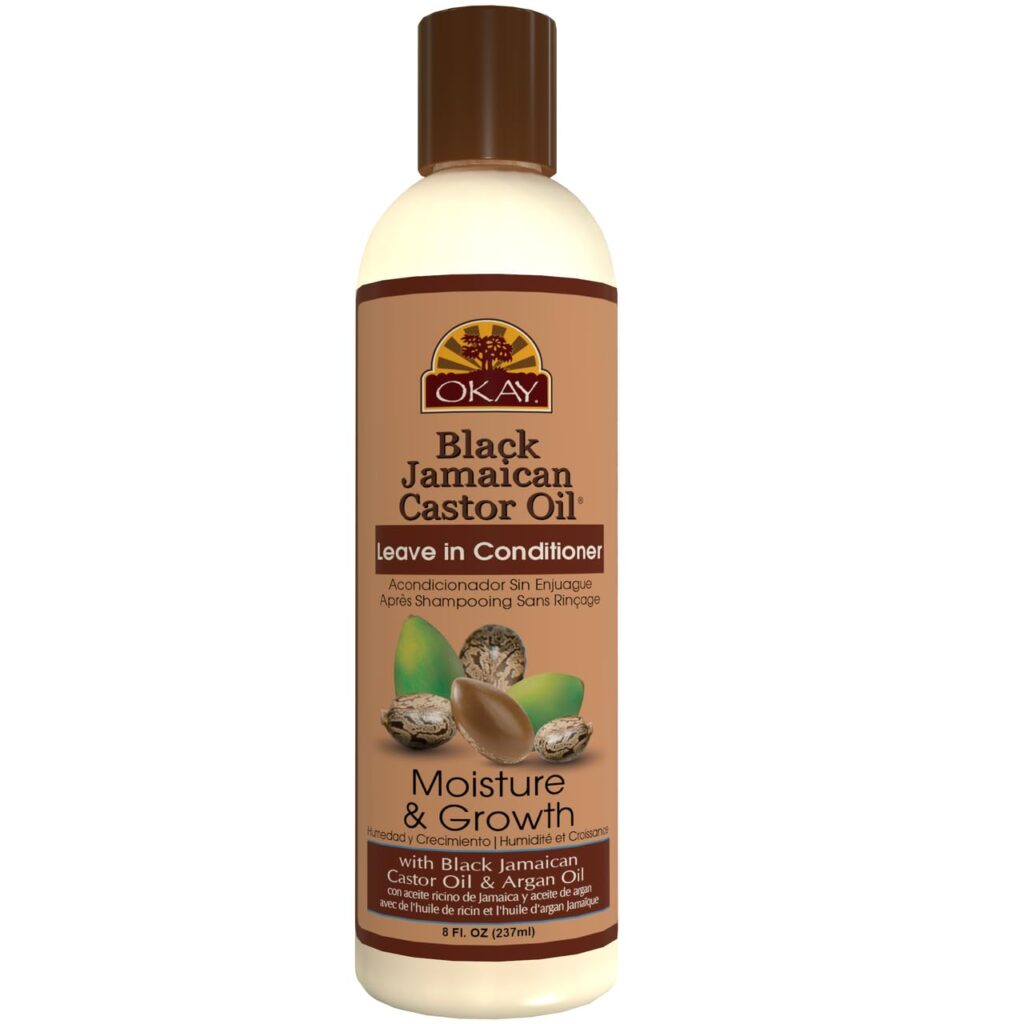
3. Layer with a Moisturizing Cream or Butter
After applying your leave-in conditioner, it’s time to layer on a thick, creamy product to seal in that moisture. A moisturizing cream or butter helps to keep the hydration locked into your hair strands.
- Choose Products with Hydrating Ingredients: Look for creams or butters that contain ingredients like shea butter, mango butter, olive oil, or avocado oil. These ingredients provide a protective barrier around your hair shaft and prevent moisture from escaping.
This step is especially important for those who live in drier climates or who have hair that easily loses moisture.
4. Seal with an Oil or Butter
The final step in both the LOC and LCO methods is sealing with an oil or butter. Oils and butters create a barrier on the surface of your hair, locking in all the moisture from the previous steps.
- Best Oils for Sealing 4C Hair: Some of the best oils for 4C hair include jojoba oil, castor oil, olive oil, and grapeseed oil. These oils are thick enough to lock in moisture without weighing your hair down.
- Butter Alternatives: If you prefer butters, shea butter and mango butter are great choices for sealing in moisture. They’re thick and nourishing, making them perfect for 4C hair that tends to dry out easily.
One of the best ways to retain moisture in 4C hair is to protect it from the elements. Wind, sun, and dry air can all rob your hair of moisture, leading to dryness and breakage. Protective styles help minimize exposure to these elements and reduce the need for daily manipulation.
- Low-Manipulation Styles: Opt for styles like braids, twists, bantu knots, or cornrows. These styles allow you to keep your hair tucked away while retaining moisture for longer periods.
- Wigs or Extensions: Wearing wigs or protective extensions can also be a great way to retain moisture. Just be sure that your natural hair is moisturized and protected underneath.
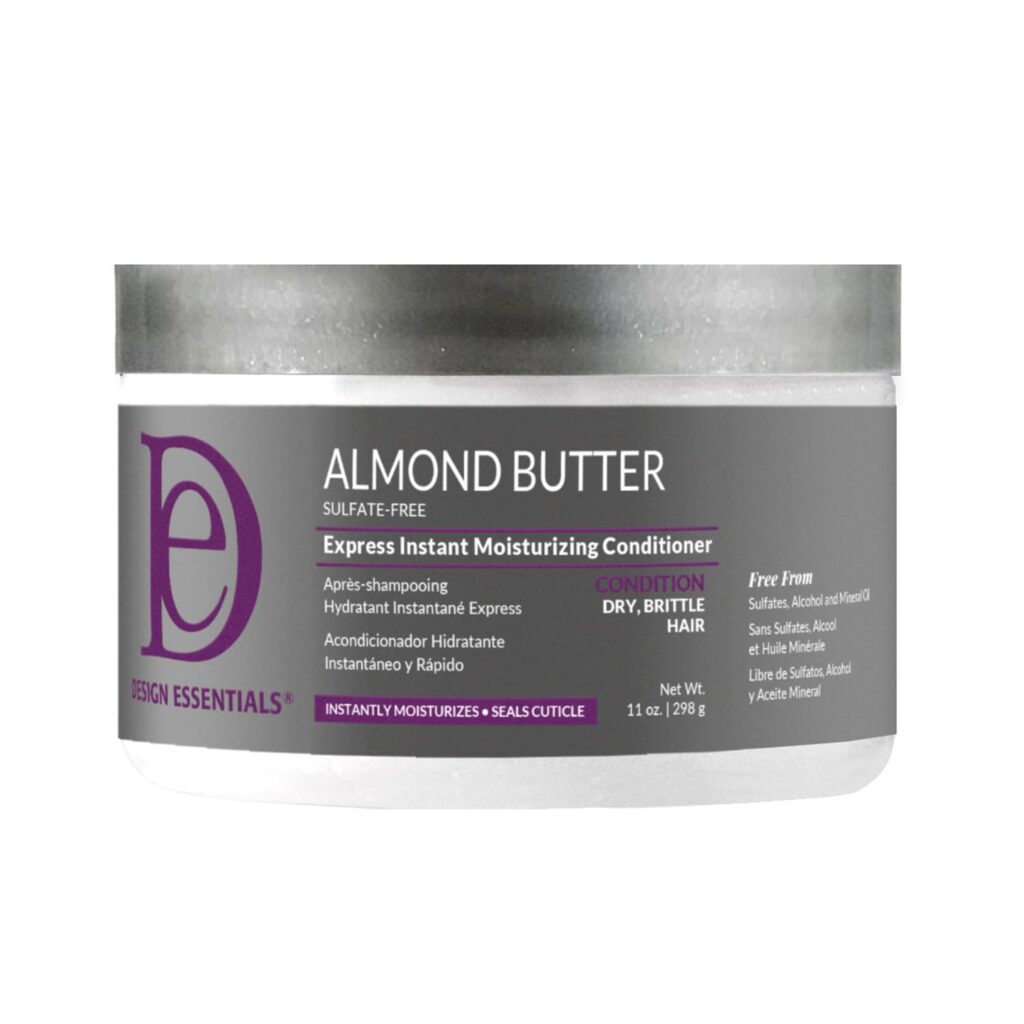
6. Sleep on a Satin Pillowcase or Use a Satin Bonnet
Your nighttime routine is just as important as your daytime routine when it comes to moisture retention. Cotton pillowcases can absorb moisture from your hair and leave it dry in the morning. Instead, sleep on a satin or silk pillowcase, or wear a satin bonnet to bed. These fabrics help retain moisture and reduce friction, preventing breakage and moisture loss.
7. Refresh Your Hair with a Moisturizing Spray
Even with all the steps above, you may find that your hair starts to feel dry after a few days. This is where a refreshing spray comes in handy. You can make your own moisturizing spray by mixing water, leave-in conditioner, and a few drops of oil in a spray bottle.
- How to Use: Lightly mist your hair with the spray to give it a moisture boost in between wash days. Be sure to follow up with a light oil to seal in the moisture.
Common Moisture-Robbing Mistakes to Avoid
Even if you’re doing everything right, there are a few common mistakes that can still cause your hair to lose moisture quickly. Here are some things to avoid:
- Skipping the Sealant Step: Always remember to seal in moisture with an oil or butter. Skipping this step can leave your hair vulnerable to dryness.
- Using Too Much Heat: Excessive heat styling can cause your hair to dry out. If you use heat, always use a heat protectant and try to limit the frequency.
- Not Drinking Enough Water: Hydration starts from the inside out. Be sure to drink plenty of water to keep your hair and scalp hydrated.
- Neglecting Your Ends: The ends of your hair are the oldest and most fragile part of your hair. Make sure to pay special attention to moisturizing and sealing your ends.

Signs Your 4C Hair Is Moisturized
Wondering if your hair is truly moisturized? Here are some signs to look for:
- Softness: Moisturized 4C hair feels soft to the touch, not dry or brittle.
- Elasticity: When you gently stretch a strand of your hair, it should bounce back without breaking.
- Shine: Moisturized hair has a natural sheen or glow, even without the use of heavy products.
- Manageability: If your hair is easier to detangle and style, it’s likely well-moisturized.
Retaining moisture in 4C natural hair requires consistency and the right combination of products and techniques. By following the LOC or LCO method, deep conditioning regularly, and protecting your hair with low-manipulation styles, you can keep your hair hydrated and healthy.
Remember that moisture retention is a continuous process. Be patient, stay consistent, and listen to what your hair needs. With the right care, your 4C hair will thrive, staying soft, supple, and full of moisture!


